In the world of property maintenance and restoration, structural drying plays a pivotal role, yet it often remains an overlooked aspect. It’s a crucial process, essential for preserving the integrity of buildings after water damage due to events like floods, leaks, or high humidity. Traditionally, structural drying has been a game of patience, relying heavily on time and natural ventilation. But as we venture further into an era dominated by technological advancements, the landscape of moisture remediation is witnessing a revolutionary change.
This blog aims to shed light on how modern technology is reshaping the field of structural drying. We’ll explore the evolution from conventional, slower drying methods to innovative, efficient techniques that not only speed up the process but also enhance the effectiveness of moisture removal. The implementation of advanced tools, the critical role of data analytics, and the increasing emphasis on environmental sustainability are all transforming how professionals approach structural drying. Join us as we delve into the fascinating science behind this vital process and discover how cutting-edge technology is setting new standards in the industry.
Understanding Structural Drying
Structural drying is a critical process in the realm of building maintenance and disaster recovery. It involves removing excess moisture from materials used in building construction, such as wood, plaster, and concrete, to prevent or mitigate damage caused by water intrusion. Whether it’s due to natural disasters like floods, plumbing failures, or simple condensation, the presence of unwanted water can lead to structural damage, mold growth, and a host of other issues that compromise both the integrity and safety of a building.
At its core, structural drying is not just about removing visible water; it’s about restoring balance to the moisture levels within the building materials. Traditional methods often relied on natural evaporation, which could be a slow and unpredictable process. This approach posed several challenges: it was time-consuming, it didn’t always address hidden pockets of moisture, and it left properties vulnerable to further damage and mold growth.
However, the basic principles of structural drying have remained consistent over time – remove water, evaporate remaining moisture, and dehumidify the air. What has changed significantly is how these goals are achieved. With advancements in technology, today’s structural drying processes are far more controlled, efficient, and effective. Understanding these advancements requires a look into how technology has revolutionized traditional practices, which will be explored in the following sections of this blog.
By grasping the fundamentals of structural drying, we can better appreciate the innovations that modern technology has introduced into this essential field. As we will see, these advancements not only address the limitations of traditional methods but also open new possibilities for faster, more reliable, and more environmentally friendly moisture remediation.

